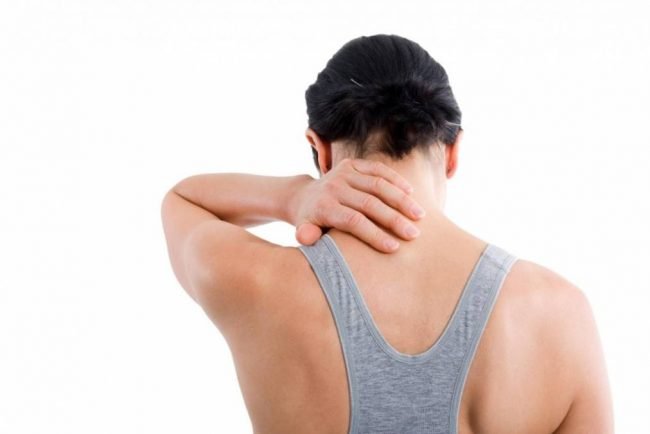Have you ever suffered from cervical pain? That annoying pain located at the base of the skull often linked to nausea or vertigo is very common today and we know that the cause is often excessive stress or incorrect posture, but cycling can also cause symptoms. Normally when we are on bicycle our neck is hypertensive and our muscles firmly contracted. Such a situation in the long run will affect the muscles and cause pain.
Some errors in position, driving style, or component selection may cause this condition. Let’s see what they are and learn to defend ourselves.
Aggressive position: it is especially found in speed disciplines (chronometer, triathlon, time record). To maximize muscular performance and do not slip too far along the saddle, the knee is moved forward at the pedal axis. The neck is far ahead and the contraction of the muscles is not sustainable for a long time.
Handlebar too short in MTB: it is especially found in descent disciplines (downhill, enduro). To make the bike more responsive, the length of the stem is reduced more and more, and therefore also the height of the handlebar. The saddle-handlebar gap increases forcing the athlete to stretch out on the top tube and stretch the neck.
Incorrect positioning of the brakes: it is especially found in racing bikes. If the brakes are positioned too low, we are forced to stretch ourselves to reach them by overloading the muscles of the neck. The brake levers are in the best position when the lever tip is equal to the lower horn level.
Excessive saddle regression: if the anatomy center of the saddle is too far from the handlebars you are forced to tighten the latter for not losing the grip. This causes the contraction of all the muscles of the bust and a remarkable physical effort.
Driving Style
Excessive stiffness in the saddle: more than physical is a mental factor as we usually tend to stiffen when dealing with difficult traits (a long descent on asphalt or a steep stretch in MTB). Stiff muscles do not absorb the vibrations of the road so it is advisable to stand up with legs and arms folded to use your own body as a shock absorber.
Prolonged Neck Hypertension: typical of athletes of triathlon and granfondists who maintain aggressive position for a long time forcing their neck to contract. So it is good to raise your head and dissolve your neck muscles whenever possible.
Stiff components transfer a good part of the road’s vibrations to the body instead of absorbing them.
Wheels: The wheels for travel bikes transmit vibrations and impacts especially to the handlebars.
Profile Wheels: High profile wheels are more rigid and tend to transmit impacts rather than absorbing them.
Wheels with a few spokes: Wheels with a few spokes (24, 16 or 12) are more rigid.
Very short front carriage: feature of small frames (48-53) where the distance between the center movement and the hub is lower than the ground projection of the handlebar. The weight of the cyclist concentrates forward by overloading the shoulders and body.
Narrow tires: These tires (19 – 23 mm) have more vertical shoulders inside the rim than the larger ones. Any impacts are therefore badly absorbed and transmitted directly to the body.
